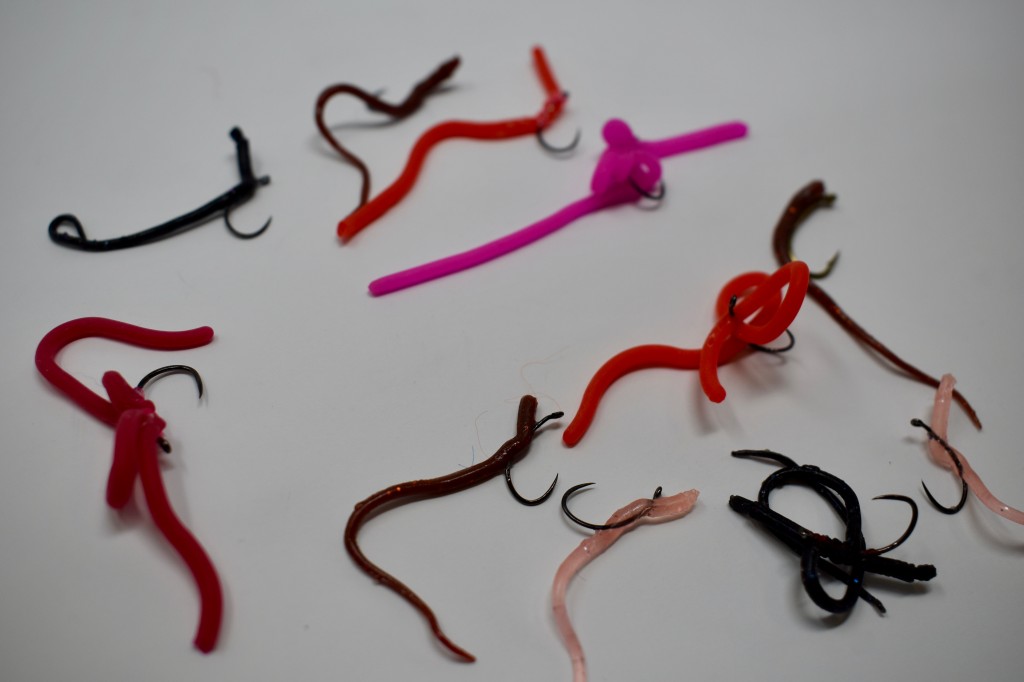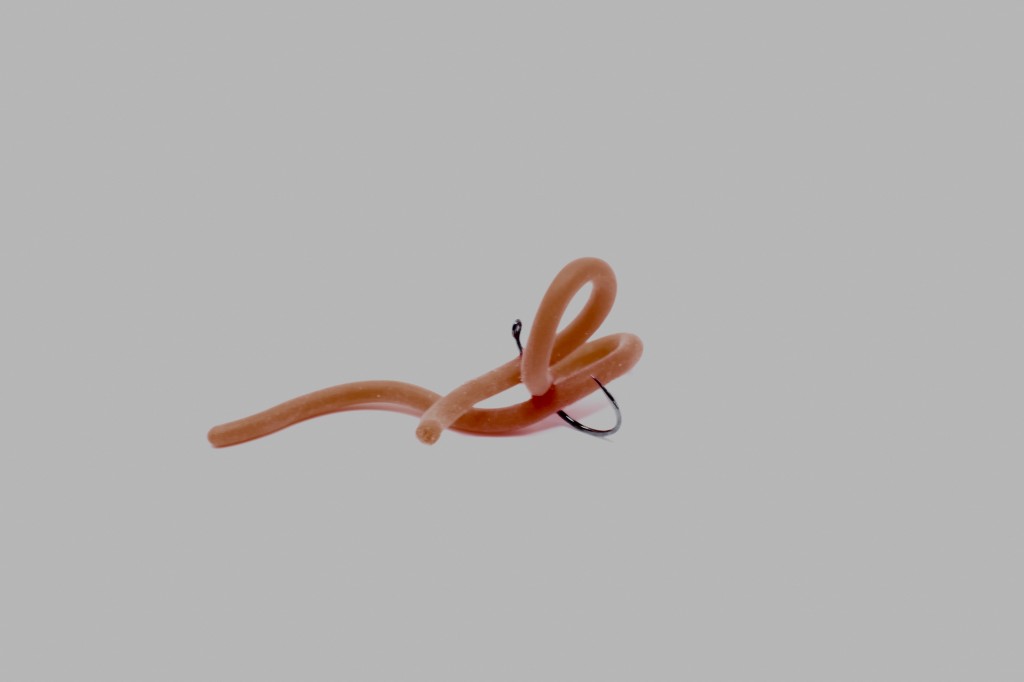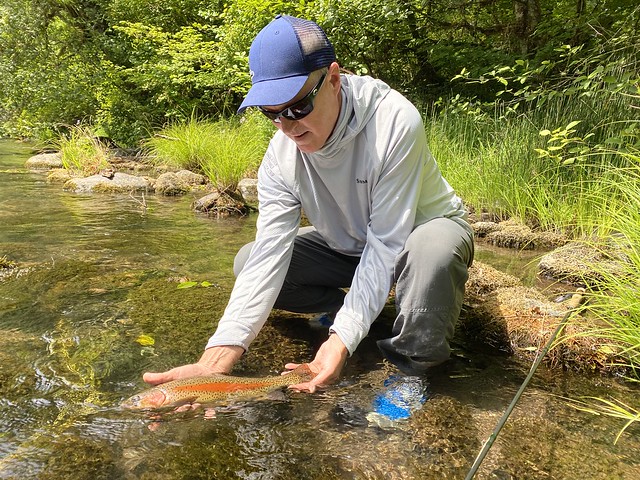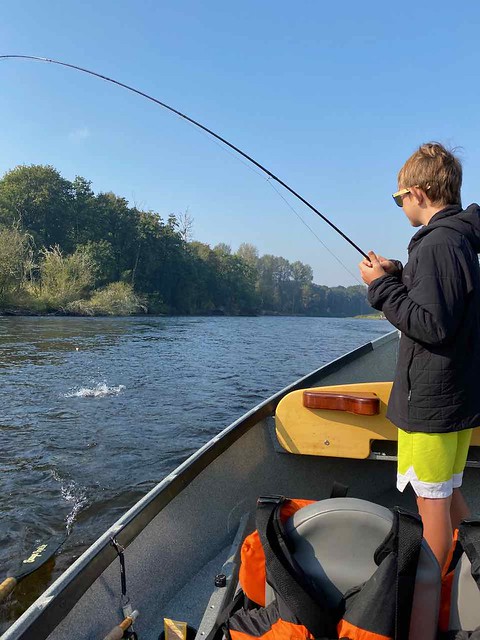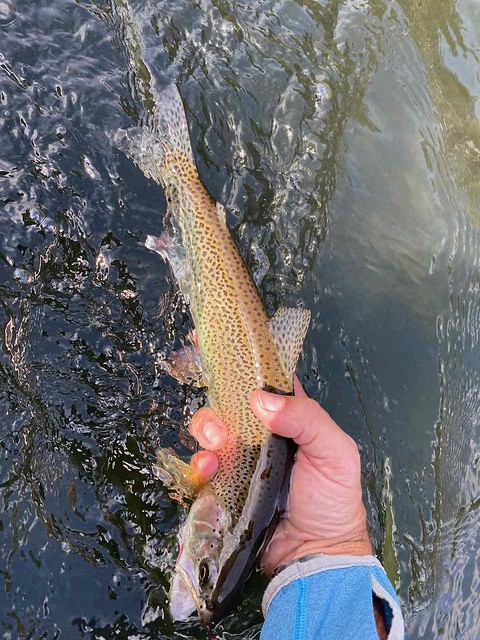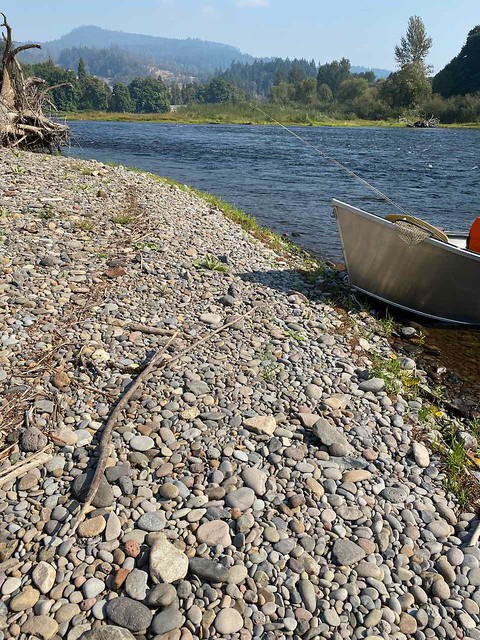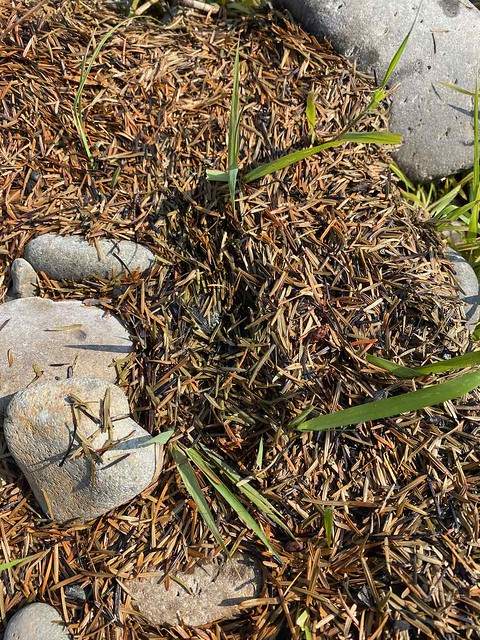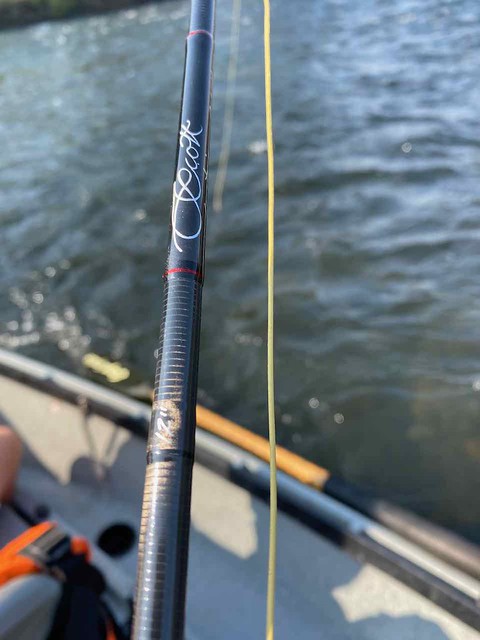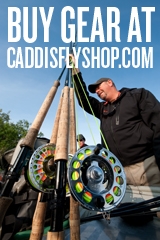Jay Nicholas’ Rationale for Tying your own flies.
Although l began writing this blog thinking about people who are trying to decide whether or not they should learn how to tie flies, I soon started thinking that many of us who’ve been tying for years, decades even, might not have explored the why and the benefits we receive when we tie.
With this in mind, I invite you all – whether you (1) never tied before, (2) are barely getting started tying, or (3) have been tying a long time – to read on.
The usual rationale I read about the reasons for tying one’s own flies reads something like this.
• Tying flies is fun.
• You might save money by tying rather than buying flies.
• Tying flies provides a form of entertainment that is far more uplifting than watching TV (yuck) or mowing the lawn.
• Fly tying involves mind-hand-eye coordination and trains your manual dexterity; exercising these activities is a big positive for people of any age, and can be of great benefit for maintaining these skills as a person ages.
• Like any hobby, fly tying is your ticket to joining the ranks of men and women who have developed a special set of skills. People who tie flies have a whole world of knowledge that brings them together and opens the door to new friendships through clubs and informal gatherings.
After writing this article, I went back to create this list of the reasons why you should tie your own flies, including the following:
Save money.
Nurture your creativity.
Make it your own.
Make it better than commercial flies.
Craft a better fly than you can buy.
Tie the fly you want, when you want it.
Think like a fish.
Meditate.
Dream of the hunt.
Hone your weapon.
Sign your art.
What happens when you tie your own flies?
What happens when you take bobbin and scissors in hand the very first time? Some people might think that the process is something simple, that all you are doing is making a lure to catch fish. I think this is part of it, but I. also think that it is very much more complicated. If you will read on, I’ll share my opinion, and you’ll be able to decide for yourself whether or not fly tying is for you.
Will you save money by tying your own flies?
As a general case, I answer this question with a resounding no. I’m aware of only two situations in which a person will save money tying their own flies. The first involves professional fishing guides. These people provide flies for their clients to use season after season, year after year. These professionals have earned the cost of their tools years ago and limit their material purchases to what is needed to tie the flies their clients need. They might even charge their clients a fee for these flies.
The second scenario is a rare situation, and I’ve only heard about this from watching YouTube videos about individuals practicing the traditional art of Tenkara fishing. According to what I’ve seen, these individuals use plain sewing thread, a hook, and a found feather to craft their fly. The hook is held in hand, the thread wound around the hook, and the hackle is formed without the use of any tools. While I have no personal experience with this practice, it seems plausible that it results in a fly that is less expensive than purchasing the same fly.
Other than these two scenarios, I find it difficult to imagine anyone saving money by tying their own flies to fish with. After all, we are anglers and crafts-persons. We love stuffing our fly boxes with flies we will never have the time to fish because we enjoy the process so much.
Given that saving money isn’t a motivation for tying flies, what are the reasons?
Nurture your creativity.
This is something a fly tyer experiences every time they sit at the fly bench. You take scissors and bobbin in hand, place a hook in the vise, and begin to create a work of art, start to finish, with each fly you tie. Small or big, this fly is a tangible expression of your hands, eyes, skill, and intention.
Make it your own.
Make something that is entirely, uniquely, yours. Sure, you are trying to emulate a fly you have seen someone else create. Perhaps you are looking at a photograph in a magazine or book. Maybe you’re looking at a YouTube video of someone tying the fly. You might have a sample fly laying on your tying station. Whatever the case may be, your fly will be different, and it will be uniquely yours. I have tied flies for over 55 years, and no one ties flies exactly like I do, and my flies are unlike any I’ve ever seen or tried to emulate. Expert tyers can often look at a fly and tell you who tied it. Only a very few e few experts are so good that they can craft exact copies of a sample fly. For the vast majority of tyers, me included, our creations are unlike anyone else’s.
Make it better than the commercial fly?
You might tie a fly that is superior to. Anything you can buy in a store, on the internet or bum from a friend. Your fly might not. Who is to judge whether one fly is as good as another. What characteristics are being evaluated? Which fly is the standard by which all others are judged? I tie good flies that catch fish. But I’ve seen my own flies rejected by trout while a fly that I judged as inferior to mine – fished by a companion – was immediately gobbled by trout after trout. Those trout were the judges, and they made their declaration quite differently than I. So, when you tie a fly, don’t worry about whether it is inferior or superior, technically, to a commercially tied fly. Such comparisons are a waste of everyone’s time.
Remember, this fly is your baby, and it is beautiful.
Create a more delectable fly than any you can buy at any store.
This might seem a simple re-wording of the previous entry, but I mean it to be different. Rather than talking in terms of being better or some slippery value comparison, I’m hinting here at the possibility that you might create a fly that is significantly different than any fly you could purchase, and this difference might in fact result in a fly that entices more slurps, grabs, strikes, nibbles or eats. Yes. It is possible that your fly might catch more fish than any other fly in the hundreds of thousands of fly catalogs, shops, and display bins in the world.
Tie the fly you want, when you want it.
Let’s say you are planning on going fishing next week, tomorrow, or in an hour or two. If you tie your own flies you never need to worry about what flies are in-stock, or whether a package will arrive in time for your trip. You can tie what you want, no more and no less, rather the being dependent on the styles and sizes available for purchase.
Think like a fish.
You are about to venture into the field and challenge an animal to eat the fly you are dangling at the end of your string. Everyone perched in front of their bench with tools in hand and materials at their side is trying to imagine what their quarry will think about the fly as it drifts alongside or swings across the current. Anglers who craft their own flies are especially attuned to the aquatic environment and the manner of their fly’s interaction with water clarity, current, light angles, depths, and the like. The hours when you are tying flies in the den, garage, or dining room are hours when you are in the water with the fish, imagining how you will perceive the fly taking shape in your hands.
Meditate a little.
Tying flies is creative, thought-provoking, challenging, and fun. At the same time, the process can become calming, meditative. Tying flies involves your hands, eyes, head, and intuition. There can be times when you are concentrating intensely, but there will be times, especially for the most experienced tyer, when the process is soothing. This is something difficult to quantify, difficult to prove, and each of us will decide if this is true or not. A meditative experience at the tying bench isn’t likely to occur when you are first beginning to tie, but in time, possibly after months or years, I believe every tyer begins to experience a meditative state.
Dream like the hunter, hone your weapon.
Imagine a primitive hunter, crouched by a fire, late at night, anticipating their next venture afield. They’re hoping to catch a fish. You are preparing to hunt. That hook in your vise is your weapon, and it is you and you alone, who is responsible for how your weapon takes shape.
Other than in our imagination, catching fish isn’t a matter of survival like it was ten thousand years ago. But each of us who sits at the fly bench has the opportunity of re-enacting a ritual that is millions of years old; the ritual of preparing our weapon of the morrow’s hunt. This hunt might bring home food for our family, food for our tribe. Dive deep into your imagination: make sure that your fly is as good as you can make it because your life might depend on it.
And while you’re at it, please forget for the moment that we live in a catch-and-release era.
Sign your work.
Recognize that you’ve created something that is yours alone, the likeness of no one on else in this universe: now go ahead and give it your signature. I know I’ve expressed this sentiment before, but this idea is such an important aspect of fly tying that I believe it merits repeating.
This modern world where you and I live in an industrialized place where people are increasingly more removed from nature. We are routinely robbed of feeling real things, with our senses bombarded by digital images, sounds, and words. Live music created by someone standing within earshot is real. People speaking within our sight are real. Feeling the breeze against our face is real. A clay bowl in our hands –created by a person’s hands at the potter’s wheel – is real.
That fly you have just released from the vise’s grip, the fly that just fell into the palm of your hand is real. You can see it and feel it, even though it might be a size 22. This little fly has weight and shape and color and the hook point is sharp and the hackles are silky or fuzzy. This tiny fly sparkles with possibility in your hands; that possibility only grows when you tie it to a 7X tippet and start waving it about your head.
Be proud of this fly. Cast it onto the waters, see what happens. Fishing your own flies is something that’s an experience you can’t buy in any store.
__________
There you have it. May you find peace and kindness on the water, at your fly bench, and in your life.
Jay Nicholas – October 2020







